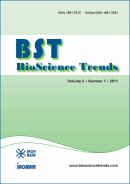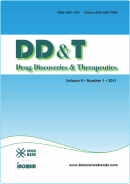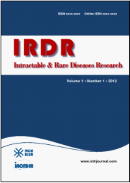BioScience Trends. 2013;7(1):23-32. (DOI: 10.5582/bst.2013.v7.1.23)
Trends in the use of preconditioning to hypoxia for early prevention of future life diseases.
Basovich SN
Environmental factors during fetal life program the health outcomes regarding many diseases in future life. This idea has been supported by worldwide epidemiological studies, but the underlying mechanisms are still poorly understood. Three questions should be answered. (i) Does a common underlying cause of ordinary pathological fetal development exist? (ii) If such a cause exists, which mechanism might develop disease in later life? (iii) Is it possible to prevent this underlying cause and therefore the associated obstetric complications to primarily prevent future life diseases? The objective of this review is to attempt to answer these three questions by using PubMed (extending to October 2012) and other sources. Three data-based answers corresponding to these questions were found: (i) hypoxia, (ii) excessive stimulation of neurogenesis, and (iii) preconditioning/adaptation to hypoxia. The method for such preconditioning/adaptation is intermittent hypoxic training (IHT), in which air with low oxygen concentration is breathed through a mask to protect against subsequent strong adverse influences. Data are cited for IHT applications for the prevention/treatment of diseases in different fields, particularly in obstetrics. Data suggested that all common fetal origins of adult diseases are likely predetermined by changes in the fetal brain; therefore, early detection of these changes must be very important. The use of IHT may be a real means to primarily prevent obstetric complications and therefore, prevent future life diseases.







